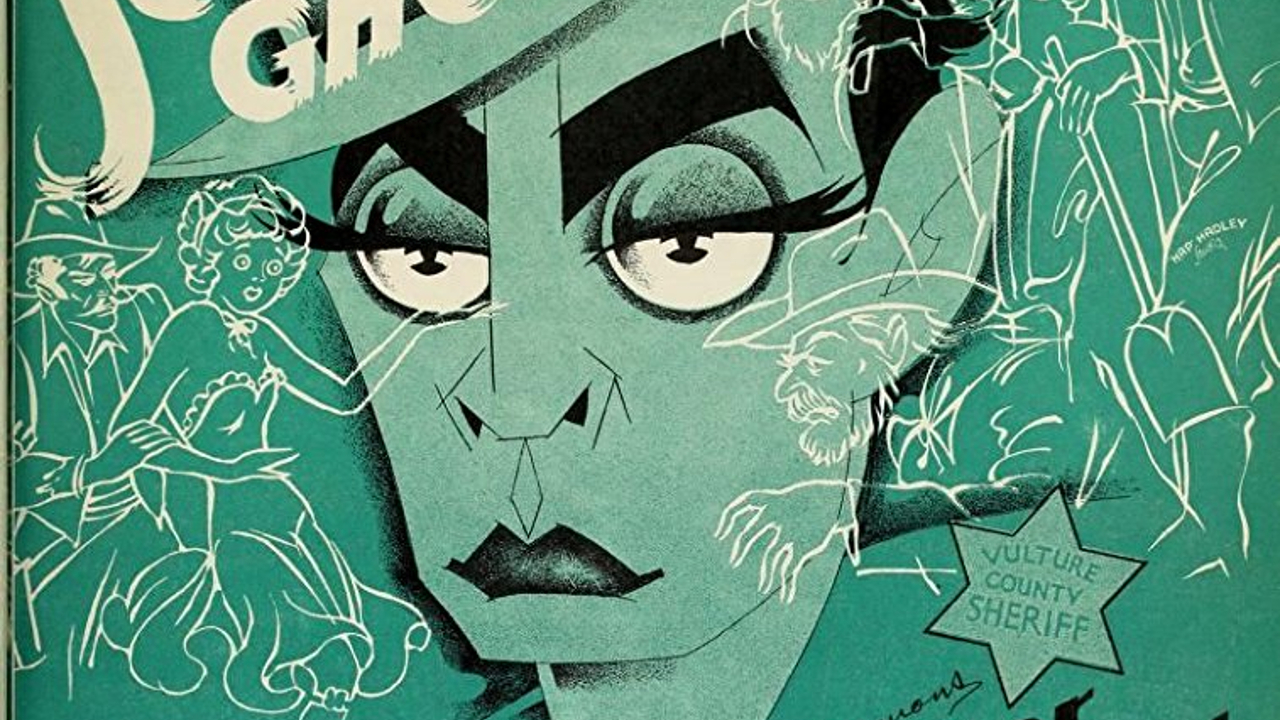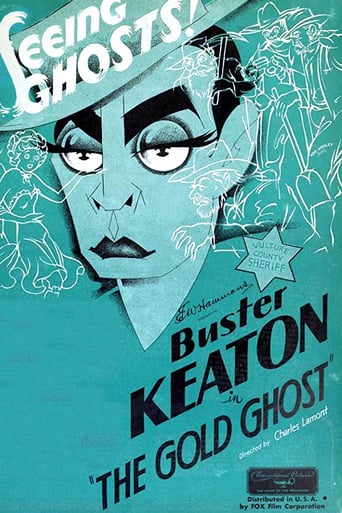

Best movie of this year hands down!
... View MoreGood story, Not enough for a whole film
... View MoreExcellent and certainly provocative... If nothing else, the film is a real conversation starter.
... View MoreThe film never slows down or bores, plunging from one harrowing sequence to the next.
... View MoreIf you are looking for the genius and style of Buster Keaton's silent films, then you probably will be more disappointed in this short from Educational Films (a company, despite its name, that made comedies). This is because the film lacks the physicality of Keaton's older films--the flips, pratfalls and the like. However, if you can repress the part of the brain that expects that, then this film is actually pretty pleasant. Plus, it was a HUGE improvement over the types of films he'd just finished making for MGM--as pairing him and his sweet style with Jimmy Durante was simply insane! The film begins with Buster's girl and father discussing her marriage to him. THey both agree that Buster hasn't proved himself and probably would be a disaster as a husband. So, to prove them wrong, he travels out West to show them he can be a success. However, the restaurant he bought sight unseen turns out to be in a ghost town. BUT, soon after, the town is rediscovered--as gold is found in the nearby mines. Now, the place is filled with folks and Buster finds himself the sheriff. The problem is, the bad guys insist he throw in his lot with them...or else.While I don't recall any big laughs in this one, the story is nice and it's interesting to see Keaton in a short that is more plot-driven than usual. Not great but worth seeing.
... View MoreGold Ghost, The (1934) ** (out of 4) Wally (Buster Keaton) is expected to marry Gloria (Dorothy Dix) but she finds him to be a wimp and refuses his hand. Wally, depressed, decides to drive out West where he ends up in a ghost town in Nevada where he pretends to be the sheriff but ends up with the job just in time as a gangster comes to visit as well as some looking for gold. After Keaton's contract was destroyed by MGM he moved over to Educational Pictures and this was the first film he made for the ultra low-budget studio. I've heard many reviewers say this was the best of the group and if that's true then I'm really not looking forward to the future films. As many other reviewers have stated, the first portion of this movie features a long silent sequence and many fans seem to feel this was a great return for Keaton. However, in my opinion, just because you make something silent doesn't mean that the quality of the work is any higher. I really thought many of the jokes fell flat on their face simply because of how straight many of them were. The majority of the silent segment features Keaton falling over things. He goes to sit in a chair but it breaks and he falls. Keaton goes to lean against a table but it collapses and he falls. He puts his foot on a bar and, you guessed it, he falls. There are a couple funny gags later on in the film including the best one where Keaton is washing his clothes and is somewhat nude when all these cars start pulling up and he must frantically run off. Another nice gag is when he and the gangster are playing cards on a desk full of dust that goes wild each time one of them moves. THE GOLD GHOST isn't a horrible film because it did at least keep me mildly entertained but at the same time there simply weren't enough laughs to call it a winner.
... View MoreWell, maybe Fool's Gold... No it's not "vintage" Keaton, but it's pretty dang good! Educational Pictures gets slammed all the time for being so low-budget, but here is a whole broken-down frontier's town for Buster to play with, complete with ghosts, mobsters, and a dang hell of a lot of extras! It's a quickie-film, as if Buster were trying out sound for the first time to see what he could do, and on a very smallish experimental level I think it works pretty good. Of the entire 16 Educational shorts he made, my vote for best of the bunch is "The Chemist". ("Grand Slam" has been over-rated for years, and doesn't come close, in my opinion.) Buy the set from Kino and check these out for yourself!
... View MoreKeaton's first screen work after his career collapsed at MGM due to drunkenness, the breakup of his marriage and frustration is a pleasant little piece. True, it lacks the absurdity bordering on surrealism of his great silent shorts, but it does have Keaton at work in a sound film doing what he had always thought was his best mode of operation: interpolating his silent stuntwork in a long sequence in which the only 'ghosts' appear: a dance hall girl and some ghostly bandits, whom he kills -- although they may only exist in his imagination. The sequence includes some fine pratfalls. Not a great work by any means, it is certainly worthwhile for anyone who loves Keaton's work, as do I.
... View More